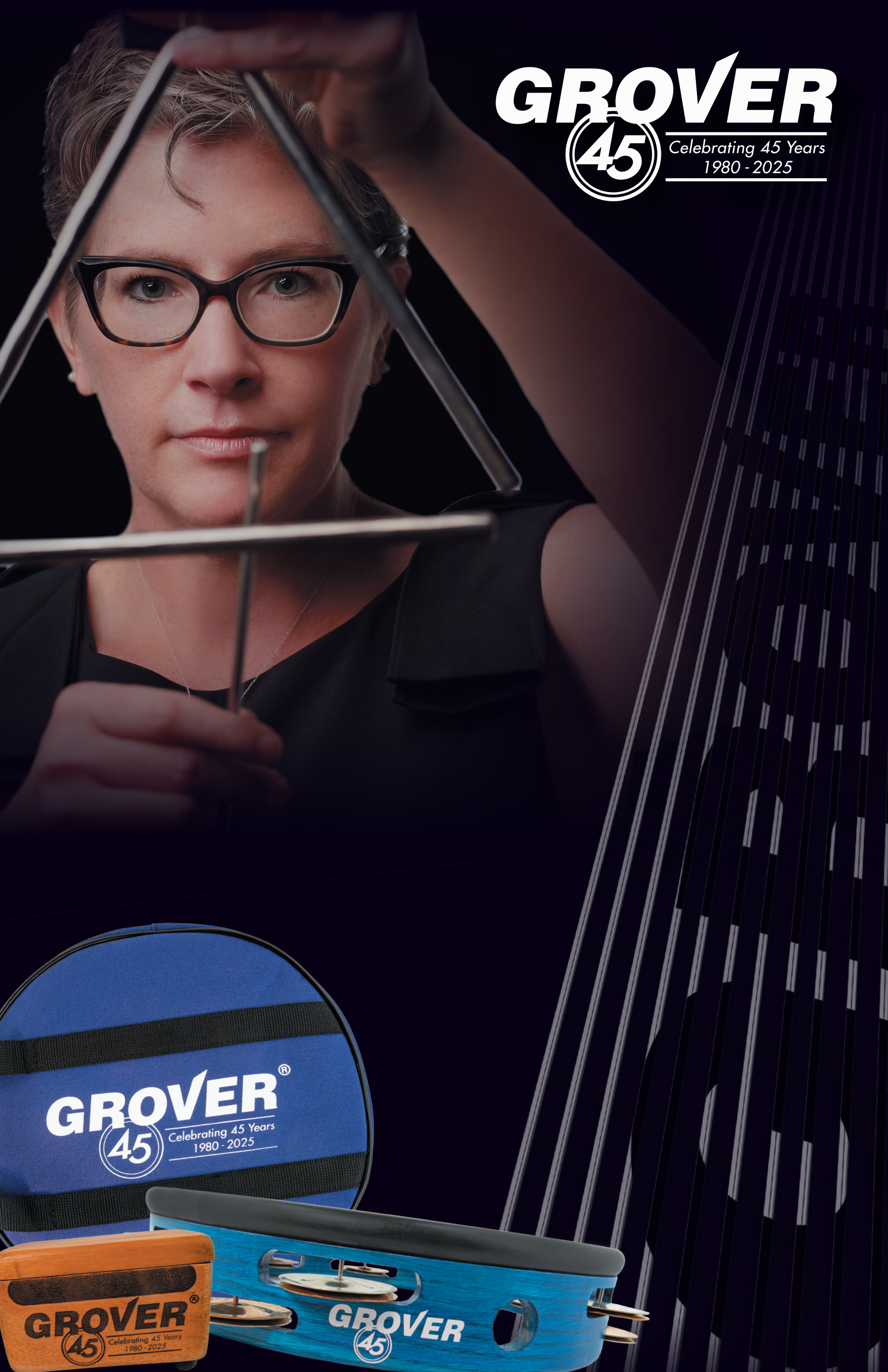St. Louis Symphony Principal Percussionist Will James recently sent us this informative video with some really useful tips on playing the chimes. Also known as “tubular bells”, many players assume that it is easy to play orchestral chimes. Nothing could be farther from the truth!
About Neil
Neil W. Grover holds the prestigious accolade of membership in the Percussive Art’s Society Hall of Fame. He is widely regarded as one of the most influential percussionists of his generation. As a performer, educator, designer, and entrepreneur, his impact on the world of percussion has been profound, earning him recognition across the global percussion community.
With more than 40 years of performing experience, Grover has played with the Boston Symphony Orchestra and the Boston Pops and contributed to the soundtrack of the iconic film Indiana Jones and the Temple of Doom. He has also collaborated with legendary rock band Aerosmith, showcasing his versatility as a musician.
In addition to his performance career, Grover is a respected author and educator. He is the founder of Grover Pro Percussion, a company he established in 1979 that has become a leader in the design and manufacturing of high-quality percussion instruments. These instruments are used by top-tier professionals and students worldwide.
Grover's commitment to teaching has taken him to some of the most prestigious music institutions, including the Boston Conservatory of Music. He has been a guest lecturer at over 100 schools globally, and his students have gone on to achieve great success in the percussion world.
Beyond performance and education, Grover has significantly advanced the development of new percussion techniques. One of his most notable contributions is his pioneering work on "quantum-sonics." This approach focuses on breaking down sound production into fundamental “cells” that, when understood and applied, enhance the sound quality of any percussion instrument. His method has become widely adopted by top percussionists around the world. Through his work as a performer, educator, designer, and innovator, Neil W. Grover has left an enduring legacy in the world of percussion.

Hi,
I am a retired tubular bell master tuner from Musser. At Musser, I made several major changes to the production and tuning process. Here is what I found.
If there is movement in the sound, the tube is out of tune. There must be a straight sound for the tube to be tuned properly. Can the movements be removed? Yes. I also was able to tune the F#6 and G6 so that the fundamental sound stays longer so the ear can recognize the note and not hear the overtone. We had many complaints on those 2 tubes. After making adjustments, the complaints stopped. I also found that the F#5 thru A#5 had massive amounts of movement. Many of these tubes were scrapped (55 gallon barrels full) I made changes in the manufacturing process and reduced the scrap by 95%. To find out if a tube is out of tune, I look at each tube as having 6 sides, 3 on the side you are facing and 3 on the back side, Tap the tube on the right side and listen. Is the sound straight or is there movement. Then hit the left side is it straight or is there movement. You will always have a straight sound on one of these sides. Set your strobe to the straight side then tap the other side it will be either sharp or flat making the tube out of tune. These are just a few changes I made at Musser. I hope I was of some help. I also had the honor of re-working Mike Oldfield’s set that was used in his recording.
Best regards,
Bob Piotrowski